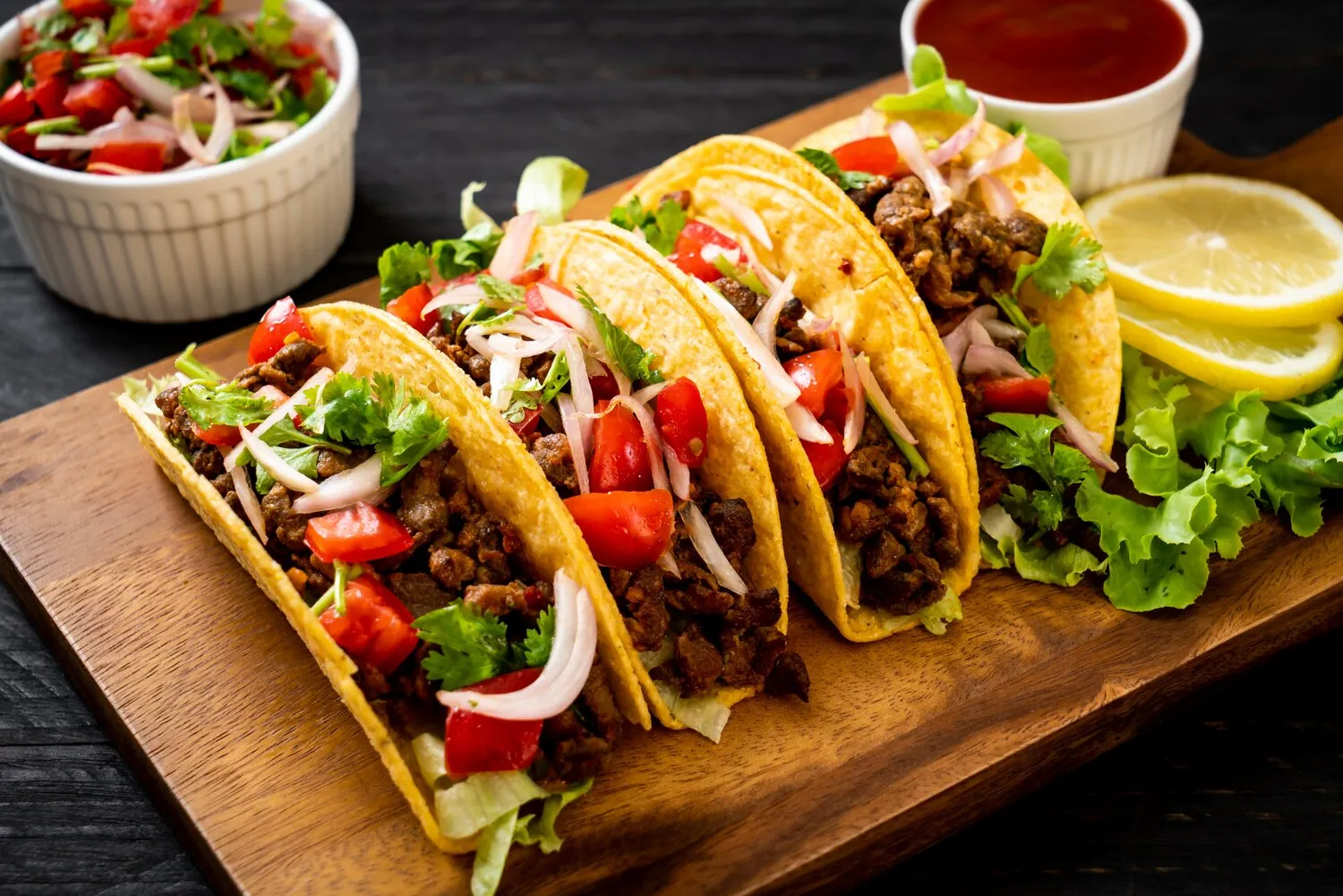
Japanese Fusion Dishes
The restaurant offers a range of Japanese fusion dishes. Customer reviews highlight the innovative combinations and flavors used in their fusion creations, often blending traditional Japanese techniques with modern and international influences.
Nutrition Facts
* The % Daily Value (DV) tells you how much a nutrient in a serving of food contributes to a daily diet. 2,000 calories a day is used for general nutrition advice.
Japanese fusion cuisine is a relatively recent phenomenon, gaining prominence in the late 20th and early 21st centuries. It stems from a desire to experiment with traditional Japanese techniques and ingredients alongside global culinary trends. Influences include Western, European, South American, and other Asian cuisines, reflecting increased global travel and culinary exchange.
Japanese fusion cuisine reflects a modern and evolving Japanese culture that embraces innovation and global influences while still respecting its culinary heritage. It is often associated with high-end dining experiences and a willingness to explore new tastes and textures.
Modern Culinary Exploration
Fusion cuisine represents a departure from traditional Japanese culinary practices, showcasing a willingness to experiment and push boundaries.
Global Influence
The integration of international flavors and ingredients highlights the impact of globalization on Japanese food culture.
Artistic Presentation
Fusion dishes often emphasize visual appeal, reflecting the Japanese attention to detail and aesthetic sensibilities.
Japanese fusion cuisine is characterized by a delicate balance of umami, sweetness, saltiness, acidity, and bitterness, often incorporating unexpected flavor combinations. Key ingredients include traditional Japanese staples like soy sauce, miso, dashi, wasabi, and sake, alongside international elements such as truffle oil, avocado, mango, and various spices.
Flavor profiles can range widely depending on the specific dish. Some examples include: sushi with non-traditional fillings like cream cheese and smoked salmon; ramen with Italian-inspired sauces; gyoza with fillings featuring Mexican spices; tempura with Western-style dipping sauces; and Japanese desserts incorporating French pastry techniques and flavors. The goal is to create harmonious and innovative flavor experiences that surprise and delight the palate.
Balance Traditional and Modern
Strive for a balance between honoring Japanese culinary traditions and incorporating modern or international elements. Don't completely abandon the core principles of Japanese cooking.
Ingredient Quality Matters
Use high-quality ingredients, both Japanese and international, to achieve the best flavor and texture.
Consider Texture
Pay attention to the textural contrast and complement of different ingredients. Crunchy, soft, creamy, and chewy elements can enhance the overall dining experience.
Explore additional Fusion dishes and restaurants
Explore FusionDiscover top dining spots and culinary experiences in Haarlem.
Explore HaarlemLearn more about the food culture, restaurant scene, and culinary heritage of Netherlands.
Explore Netherlands